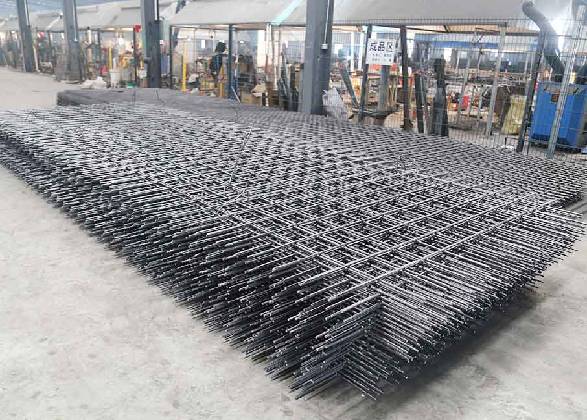Oct . 10, 2024 13:24 Back to list
deformed steel bar
Understanding Deformed Steel Bars An Essential Component in Construction
Deformed steel bars, commonly known as rebar, are a vital element in the construction industry. They play a crucial role in reinforcing concrete structures, providing them with the strength and durability required to withstand various stresses. This article will delve into the characteristics, benefits, applications, and standards associated with deformed steel bars.
Characteristics of Deformed Steel Bars
Deformed steel bars are distinct from regular smooth bars due to their unique surface pattern. These patterns, often in the form of ridges or grooves, allow the bars to bond more effectively with concrete. This bond is essential, as it ensures that the two materials work together to resist tensile forces. Typically made from carbon steel, deformed bars are produced in various grades, each denoting their strength and ductility.
Another notable characteristic of deformed steel bars is their ability to endure high temperatures and adverse environmental conditions. This resilience makes them suitable for use in diverse applications, from buildings and bridges to highways and dams. The manufacturing process of deformed bars involves hot rolling, which enhances their strength and flexibility.
Benefits of Deformed Steel Bars
One of the primary advantages of using deformed steel bars in construction is their enhanced bond strength with concrete. The ridged surface increases the contact area between the steel and the concrete, significantly improving the overall structural integrity. This feature is particularly important in seismic zones, where buildings must withstand lateral forces.
Deformed bars also contribute to the overall durability of structures. Their resistance to corrosion, when coupled with protective coatings, ensures that buildings remain stable over time. This longevity can lead to lower maintenance costs and increased safety for occupants.
Furthermore, deformed steel bars are lightweight and easy to handle, making them a preferred choice for construction projects
. They are available in various diameters and lengths, allowing for flexibility in design and application. This versatility means that engineers and architects can tailor their usage according to specific project requirements, optimizing both performance and cost.deformed steel bar

Applications of Deformed Steel Bars
The applications for deformed steel bars are extensive. They are predominantly used in reinforced concrete structures, which are foundational in the construction of residential and commercial buildings. Additionally, deformed bars are essential in the construction of infrastructure such as bridges, highways, and tunnels.
In high-rise buildings, rebar is used to create frameworks that can support the weight and withstand environmental stresses such as wind and seismic activity. In bridges, rebar helps to maintain structural integrity, ensuring safety and longevity. The use of deformed steel bars is also prevalent in industrial buildings, where heavy machinery and equipment necessitate robust construction.
Standards and Specifications
The production and use of deformed steel bars are governed by various international standards, including the American Society for Testing and Materials (ASTM) and the European Standards (EN). These standards ensure the quality, strength, and performance of deformed bars in construction applications. For instance, ASTM A615 specifies the requirements for deformed and plain carbon steel bars used for concrete reinforcement.
Compliance with these standards is essential for ensuring safety and reliability in construction projects. Engineers and contractors must be familiar with the specifications applicable in their region to ensure that they are using the appropriate materials for their projects.
Conclusion
Deformed steel bars are a cornerstone of modern construction, providing vital reinforcement to concrete structures. Their unique characteristics, such as improved bond strength and durability, make them indispensable in a variety of applications. As the construction industry continues to evolve, understanding the importance of deformed steel bars will remain crucial for architects, engineers, and builders alike. The right choice of materials can lead to safer, more resilient structures that stand the test of time.
-
High-Quality Steel Grating Solutions for Industrial Applications | Durable, Safety, Customization
NewsJul.13,2025
-
Advanced Solutions-CompanyX|Enterprise Efficiency&Cost Reduction
NewsJul.13,2025
-
Sustainable Manufacturing-EcoTech Innovations|Waste-to-Energy System&Zero Emissions
NewsJul.13,2025
-
Welded Wire Mesh- Buildings Wiremesh Co., Ltd.|Durable Construction Material&Industrial Strength Solution
NewsJul.13,2025
-
Smart Production Solutions-Example Corp|AI Automation&IoT Monitoring
NewsJul.13,2025
-
Advanced Industrial Solutions-Advanced Industrial Solutions|Manufacturing Efficiency&Productivity
NewsJul.13,2025

